Allegiance United States Name William Darby | Years of service 1933–1945 | |
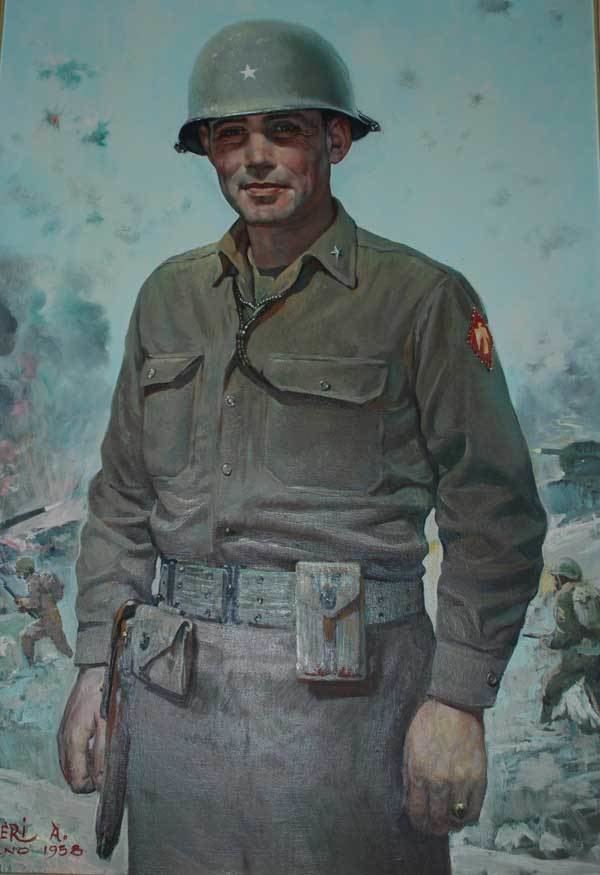 | ||
Born February 8, 1911Fort Smith, Arkansas, USA ( 1911-02-08 ) Awards Distinguished Service Cross (2)Distinguished Service MedalSilver StarLegion of MeritBronze StarPurple Heart (3)French Croix de Guerre with Silver StarRussian Order of Kutuzov (3rd degree)British Distinguished Service Order Died April 30, 1945, Nago–Torbole, Italy Commands held 6615th Ranger Force, 179th Infantry Regiment, 45th Infantry Division | ||
Darby's Rangers(1958)
Brigadier General William O. Darby (8 February 1911 – 30 April 1945) was a United States Army officer who fought in World War II, where he was killed in action. He was posthumously promoted to brigadier general. Darby led the famous Darby's Rangers, which evolved into the U.S. Army Rangers.
Contents
- Darbys Rangers1958
- Early life
- Army career
- Army Rangers
- Promotions and death
- Legacy
- Awards and decorations
- Dates of rank
- References

Early life
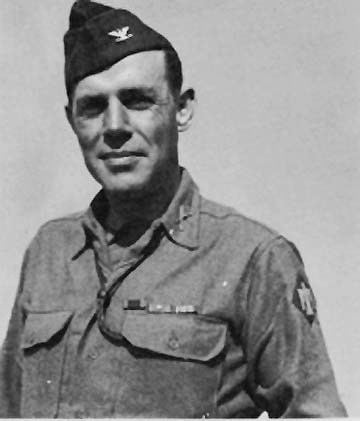
Darby was born in Fort Smith, Arkansas. He graduated from the United States Military Academy at West Point with a bachelor of science degree and was commissioned a second lieutenant in the Field Artillery on 13 June 1933.
Army career

His first assignment was being an assistant executive and supply officer with the 82nd Field Artillery at Fort Bliss, Texas. In July 1934, he transferred to Cloudcroft, New Mexico where he commanded the 1st Cavalry Division detachment. He received intensive artillery training from September 1937 to June 1938 while attending Field Artillery School at Fort Sill, Oklahoma. On 9 September 1940, he was promoted to captain and subsequently served with the 80th Division at Camp Jackson, South Carolina; Fort Benning, Georgia; Camp Beauregard, Louisiana and Fort Des Moines, Iowa.
Army Rangers

As World War II progressed, Darby saw rapid promotion to the grade of lieutenant colonel. He was one of the first U.S. troops sent to Northern Ireland at the outbreak of the war, and during his stay there, he became interested in the British Commandos. On June 19, 1942 the 1st Ranger Battalion was sanctioned, recruited, and began training in Carrickfergus, Northern Ireland. His interest was such that, when the U.S. Army decided to establish its Ranger units, he was assigned to direct their organization and training. Many of the original Rangers were volunteers from the Red Bull, the 34th Infantry Division, a National Guard division and the first ground combat troops to arrive in Europe.
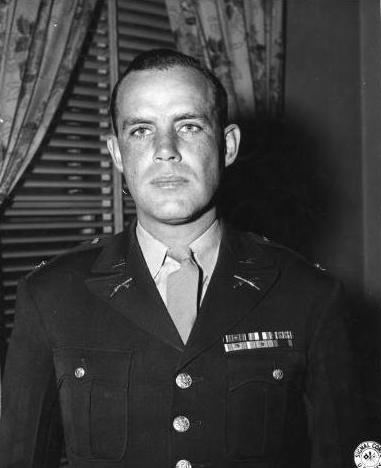
“Darby's Rangers” trained with their British counterparts in Scotland and in 1943, the 1st Ranger Battalion made its first assault at Arzew. Darby was awarded the Distinguished Service Cross (DSC) for his actions on March 21–25 during that operation. The citation stated:
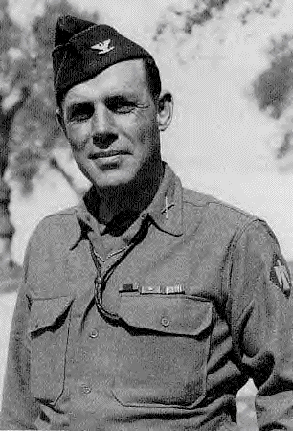
“Lt. Col. Darby struck with his force with complete surprise at dawn in the rear of a strongly fortified enemy position. Always conspicuously at the head of his troops, he personally led assaults against the enemy line in the face of heavy machine gun and artillery fire, establishing the fury of the Ranger attack by his skillful employment of hand grenades in close quarter fighting. On March 22, Lt. Col. Darby directed his battalion in advance on Bon Hamean, capturing prisoners and destroying a battery of self propelled artillery.”

The 1st Ranger Battalion saw further action in the Italian Campaign. Darby received a second award (oak leaf cluster) of the DSC for extraordinary heroism in July 1943, in Sicily:
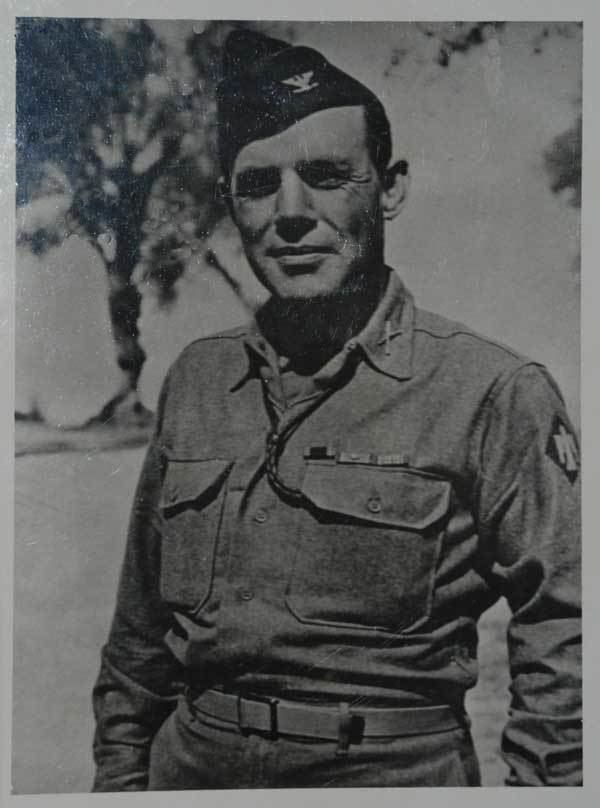
“Lt. Col. Darby, with the use of one 37mm gun, which he personally manned, managed not only to repulse an enemy attack, but succeeded with this weapon in destroying one tank, while two others were accounted for by well directed hand grenade fire.”
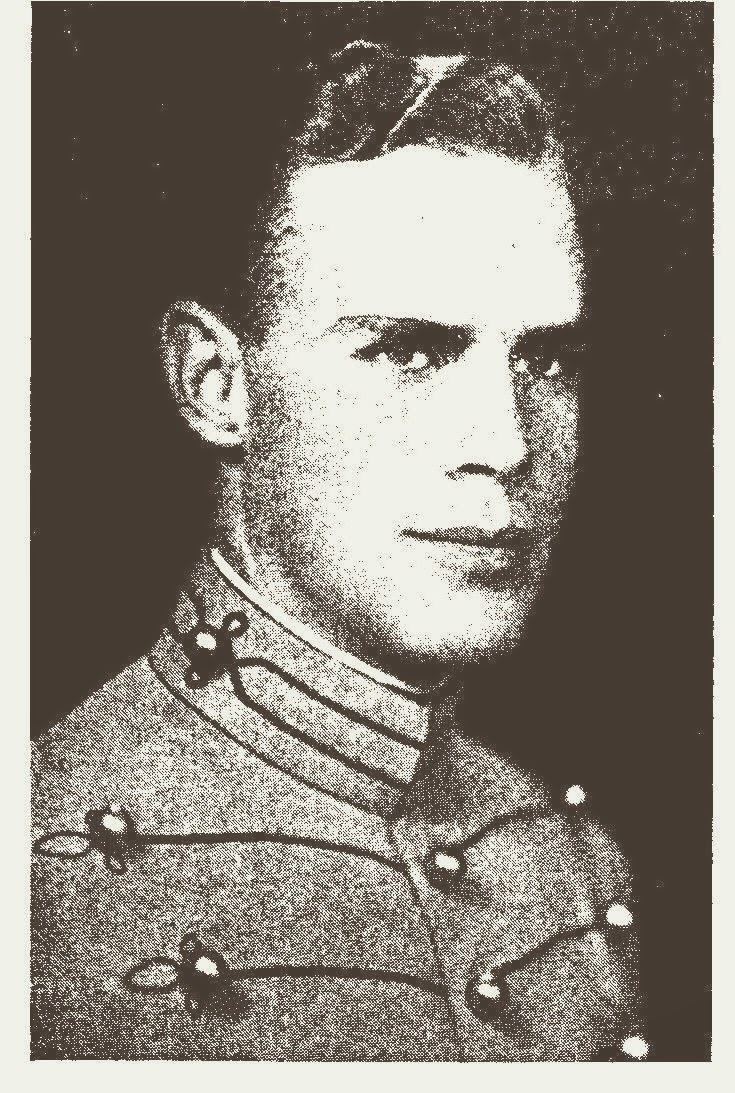
Darby was also awarded the Silver Star for his actions in North Africa on February 12, 1943:
“Without regard for his personal safety, the day previous to a raid, he reconnoitered enemy positions and planned the attack which he led the following morning. The thorough organization and successful attack led by Lt. Col. Darby revealed his initiative, courage, and devotion to duty which is a credit to the Armed Forces of the United States.”
Promotions and death
Darby took part in the Allied invasion of Italy in September 1943 and was promoted to full colonel on December 11, 1943. He commanded the 179th Infantry Regiment, part of the 45th "Thunderbirds" Infantry Division during the Rome-Arno and Anzio campaigns in the Italian Campaign from February 18 to April 2, 1944.
He was ordered to Washington, D.C. for duty with the Army Ground Forces and later with the War Department General Staff at The Pentagon. In March 1945, he returned to Italy for an observation tour with General Henry H. "Hap" Arnold.
On 23 April 1945, Brigadier General Robinson E. Duff, Assistant Division Commander (ADC) of the U.S. 10th Mountain Division, was wounded; Darby took over for Duff. “Task Force Darby” spearheaded the breakout of the American Fifth Army from the Po River valley bridgehead during the Spring 1945 offensive in Italy and reached Torbole at the head of Lake Garda.
On 30 April 1945, while Darby was issuing orders for the attack on Trento to cut off a German retreat, an artillery shell burst in the middle of the assembled officers and NCOs, killing Darby and a sergeant and wounding several others. Relying on the inspiration of their late commander, “Task Force Darby” continued on with their mission. Two days later, on 2 May 1945, all German forces in Italy surrendered.
Darby, aged 34 at the time of his death, was posthumously promoted to brigadier general on May 15, 1945. He was buried in Cisterna, Italy and was reinterred at Fort Smith National Cemetery in Fort Smith, Arkansas on March 11, 1949.
Legacy
Awards and decorations
Darby's military awards include:
